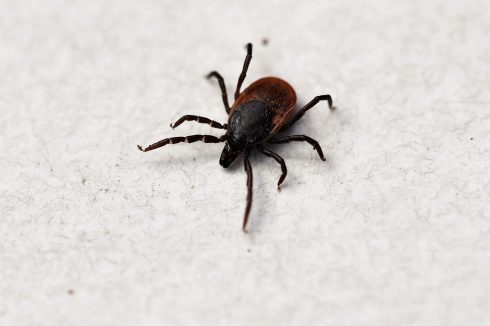SPAIN is increasing monitoring of two potentially fatal diseases transmitted by ticks, but states that it is good practice, rather a response to a medical crisis.
Health authorities have introduced tick monitoring into the National Plan for Surveillance and Control of Vector-borne Diseases.
This focuses on measuring instances of Lyme disease and Crimean-Congo haemorrhagic fever (CCHF).
READ MORE:

The country has reported just 15 CCHF cases in the last eight years.
Ticks are carriers of viruses, bacteria, and protozoa, which they transmit to humans when they pierce the skin to draw blood.
As part of the new surveillance project, particular attention will be placed on Lyme disease and CCHF – two of the most severe conditions borne by ticks.
The Coordination Centre for Health Alerts and Emergencies(CCAES) pointed out during the presentation of their new National Plan that from 2005 to 2019, a rate just of 0.3 per 100,000 hospitalisations per year due to this pathology had been documented.
That works out at three cases per million people in Spain and that similar figures were expected his year.
CCAES head, Lucia Garcia San Miguel, said: ”Lyme disease is not an infection that is cured and that’s it, but over the months, manifestations can continue to appear.”
“It can cause serious and disabling sequelae for life, but it is extremely difficult to diagnose because there are no adequate methods.”
The new CCAES plan will monitor the tick behaviour that transmit Lyme in areas of Spain that until now were not considered endemic.
It added that the pathology had not been observed closely in the country and a surveillance system will be established.


